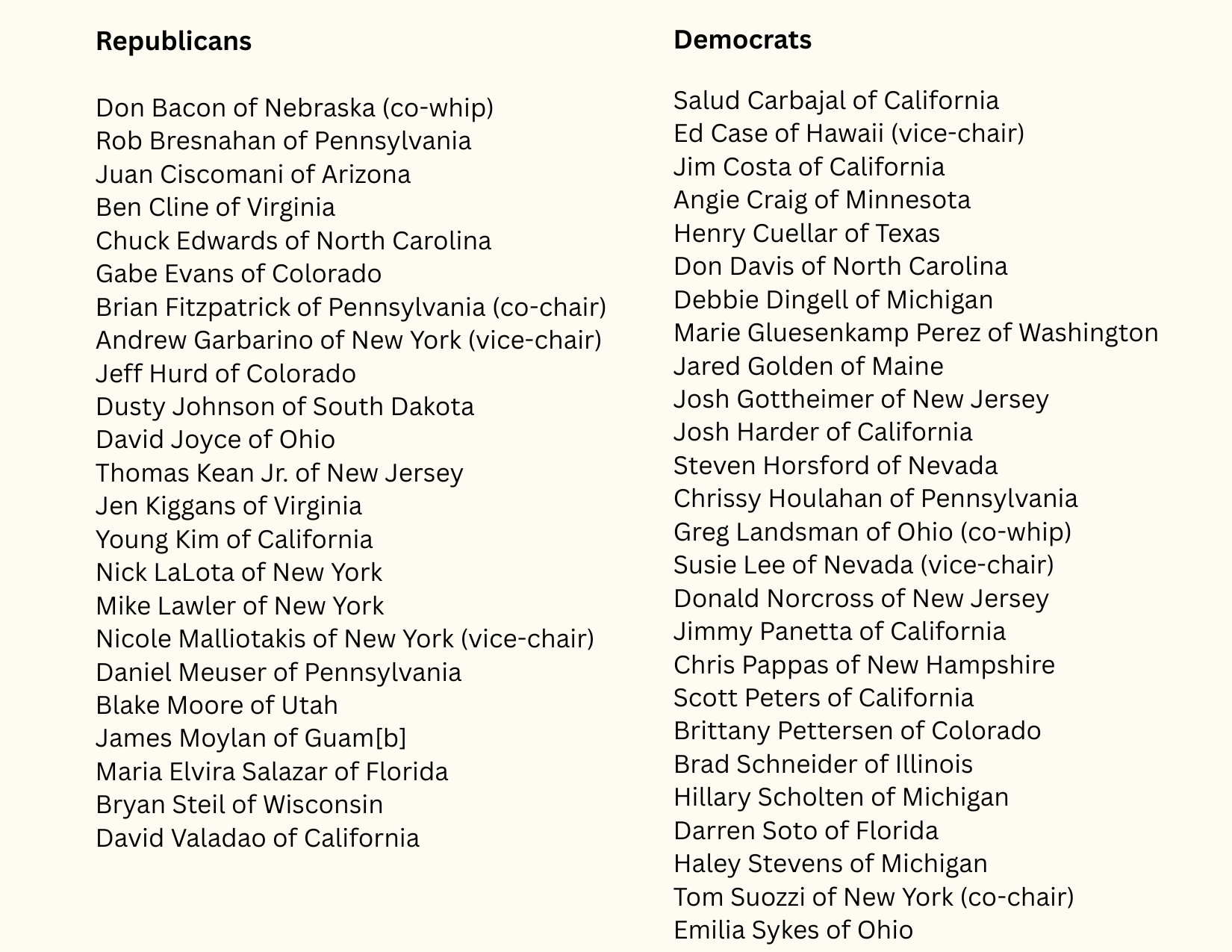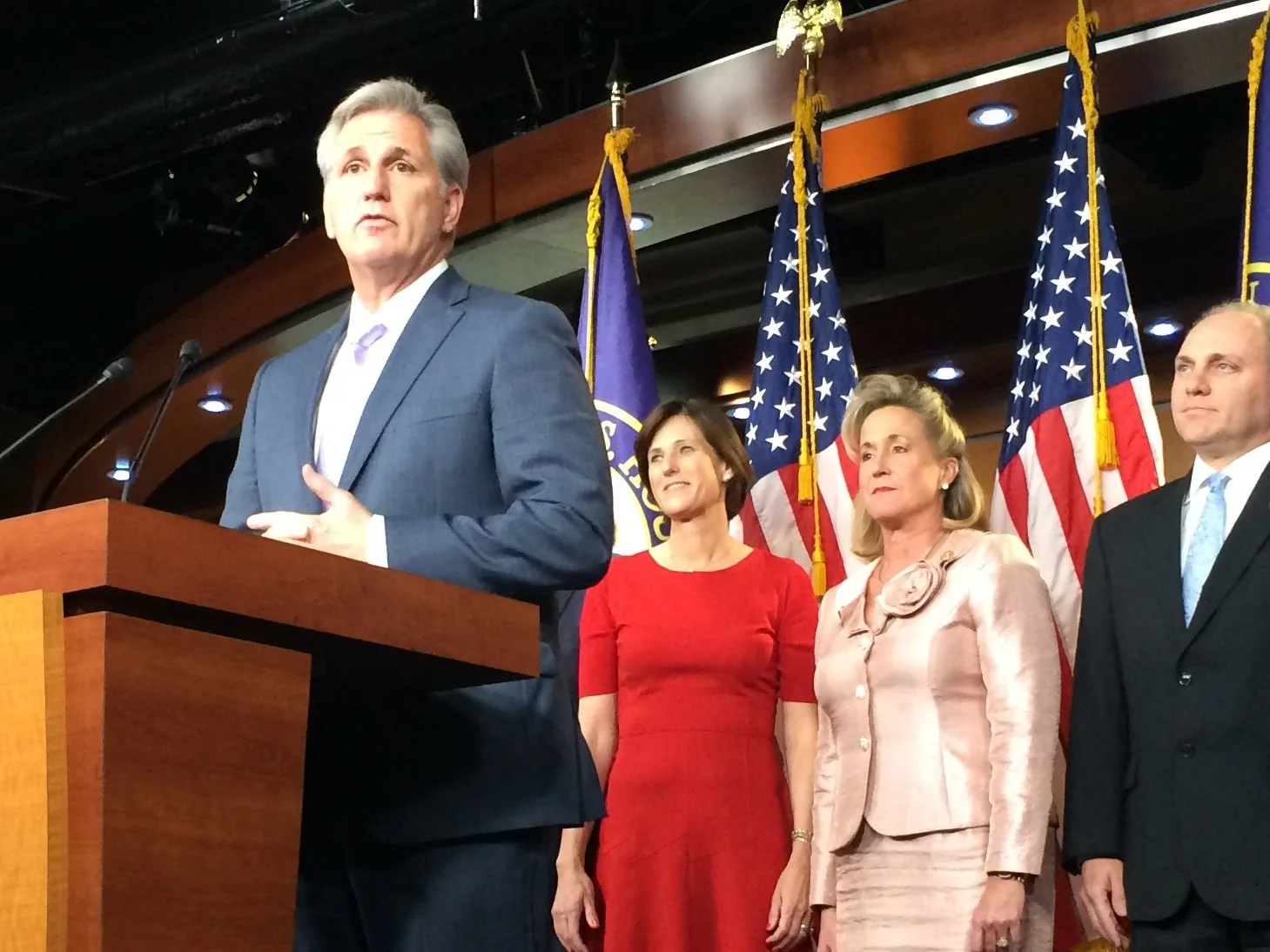Is Everything Partisan in Congress?
Fact or Fiction?
In Snake in the Grass (book 3 of The Fina Mendoza Mysteries series) partisanship has gotten so bad, somebody's dumping snakes in the gym bags and trash cans of any member of Congress who dares talk to someone from the other party.
And then Fina stumbles across a press conference.
"We’re here to announce the formation of a new group: the Let’s Talk About It caucus. We’re a bipartisan group of freshman lawmakers willing to step across the aisle and work together on issues we all care about. It’s the first step in breaking the partisan logjam in Congress.”
I knew what a logjam looked like: a bunch of cut down trees stuck in a river. I pictured the hundreds of bills that members of Congress introduced every year being tossed in the river, getting stuck on underwater logs or beaver dams or just floating away. They were the bills that went nowhere, either because the lawmaker couldn’t get anyone from the other party to cosponsor the bill, or because it was loaded up with amendments - suggestions from other members that they thought should be included in the bill, but sometimes were designed to make other lawmakers mad and make them want to vote against it, so nothing got done. That was the logjam in Congress.
Them vs Us
Conventional wisdom on Capitol Hill says Democrats and Republicans get together for only two events a year: the Congressional Prayer Breakfast and the Congressional Baseball Game where Democrats and Republicans slug out their differences on the field.
But do politicos of both parties ever get together to accomplish anything in Congress?
Meet the Problem Solvers
The Problem Solvers Caucus in Congress was created in 2017, the brainchild of the centrist political organization No Labels. The goal was to create a space where Democrats and Republicans could talk about collaboration on issues important to people on both sides of the aisle.
Who are they?
(photo of Problem Solver Caucus visit to US Border in 2019; photo courtesy of Problem Solver Caucus)
Ideally, the Caucus is made up of an equal number of Democrats and Republicans. Currently, there are 26 Democrats and 23 Republicans:
Members of the Problem Solvers Caucus in May, 2025
What have they done?
The group claims some successes over the years, backing legislation related to infrastructure, health care, and Congressional rules changes.
But politics has interfered twice in recent years.
In 2021, the Problem Solvers Caucus endorsed bipartisan legislation to investigate the January 6th attack on the U.S. Capitol, but only 18 of 28 GOP Caucus members voted to create the bipartisan commission that investigated the attack.
In 2023, Democratic members of the Problem Solvers Caucus declined to support then-Speaker of the House Kevin McCarthy when he was ousted by conservative members of his party.
Things got so bad, the Caucus failed to meet for an entire year.
Members of the Problem Solvers Caucus finally got back together as a group before Christmas 2024. The caucus executive director says members have been meeting regularly ever since and caucus co-chairs Brian Fitzpatrick (R-PA) and Tom Suozzi (D-NY) have been making the rounds of TV news shows.
Still, the partisanship persists.
But as far as we know, nobody's found any snakes in their gym bag or trash can.






